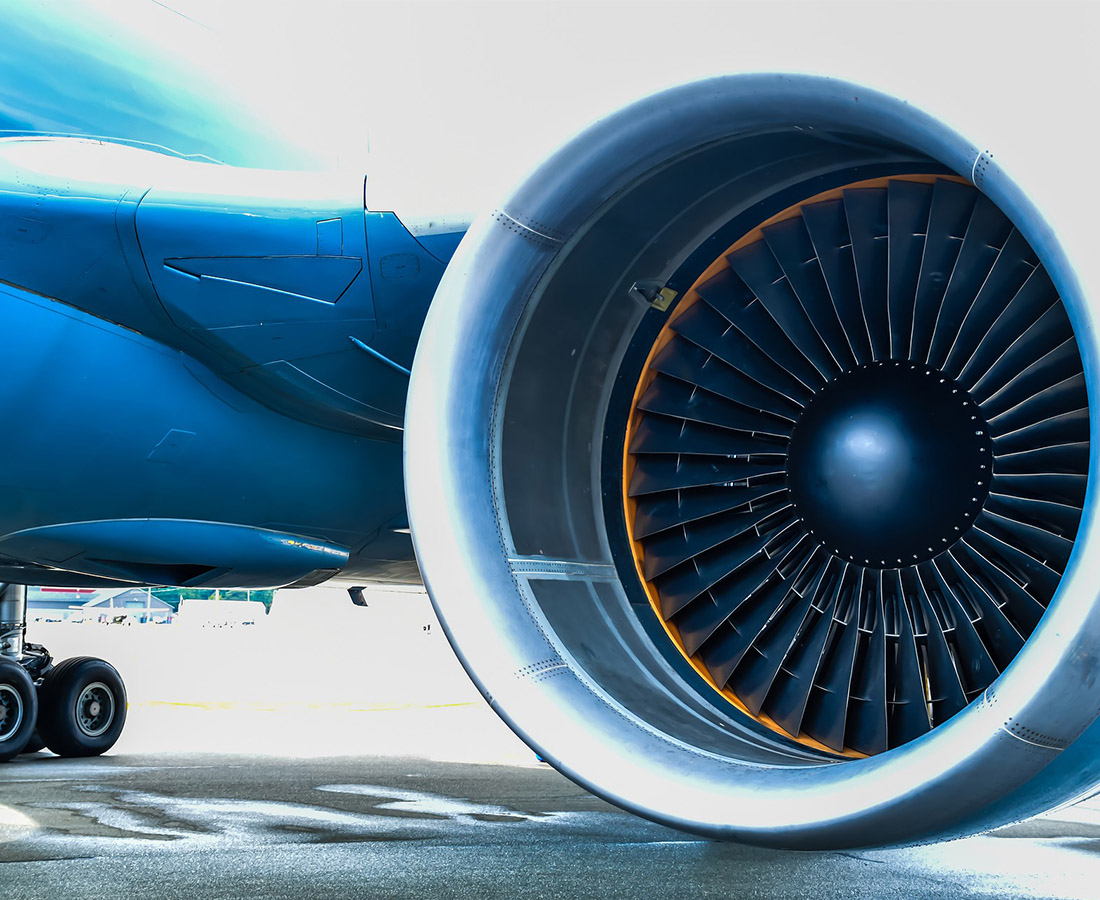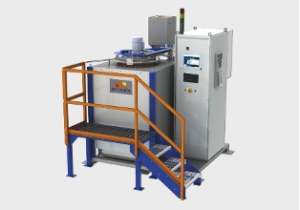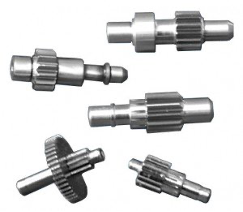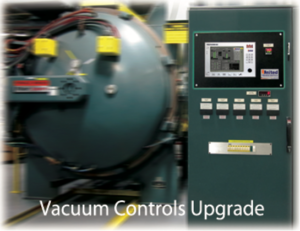Nitriding Systems & Technologies
Nitrex nitriding / nitrocarburizing systems and technologies deliver superior quality and performance, improving the wear and corrosion resistance of steel, stainless-steel, and alloy parts. Nitrex systems can be an integral part of a fully automated production cell with automatic loading and unloading.
Vacuum Furnaces
Several heat-treating processes used in the aerospace industry require a controlled temperature and environment that can only be achieved in a vacuum furnace. Many parts in aero-engine hot sections, aerostructures, and other complex systems are made from various complex alloys selected specifically for their mechanical properties and life cycle endurance requirements which aerospace components have to meet. And this where a Nitrex furnace comes into play.
- Vacuum furnaces front loading
- Vacuum furnaces bottom loading
- Brazing furnace
- Coating furnaces VPA
- Atmosphere brazing
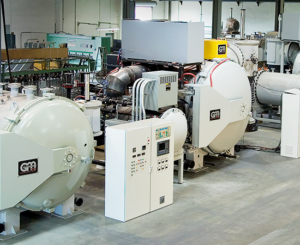
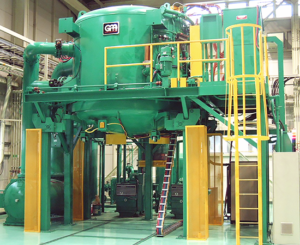
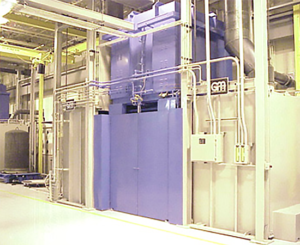
UPC upgrades
Control system upgrades and retrofits for all types of furnaces.


